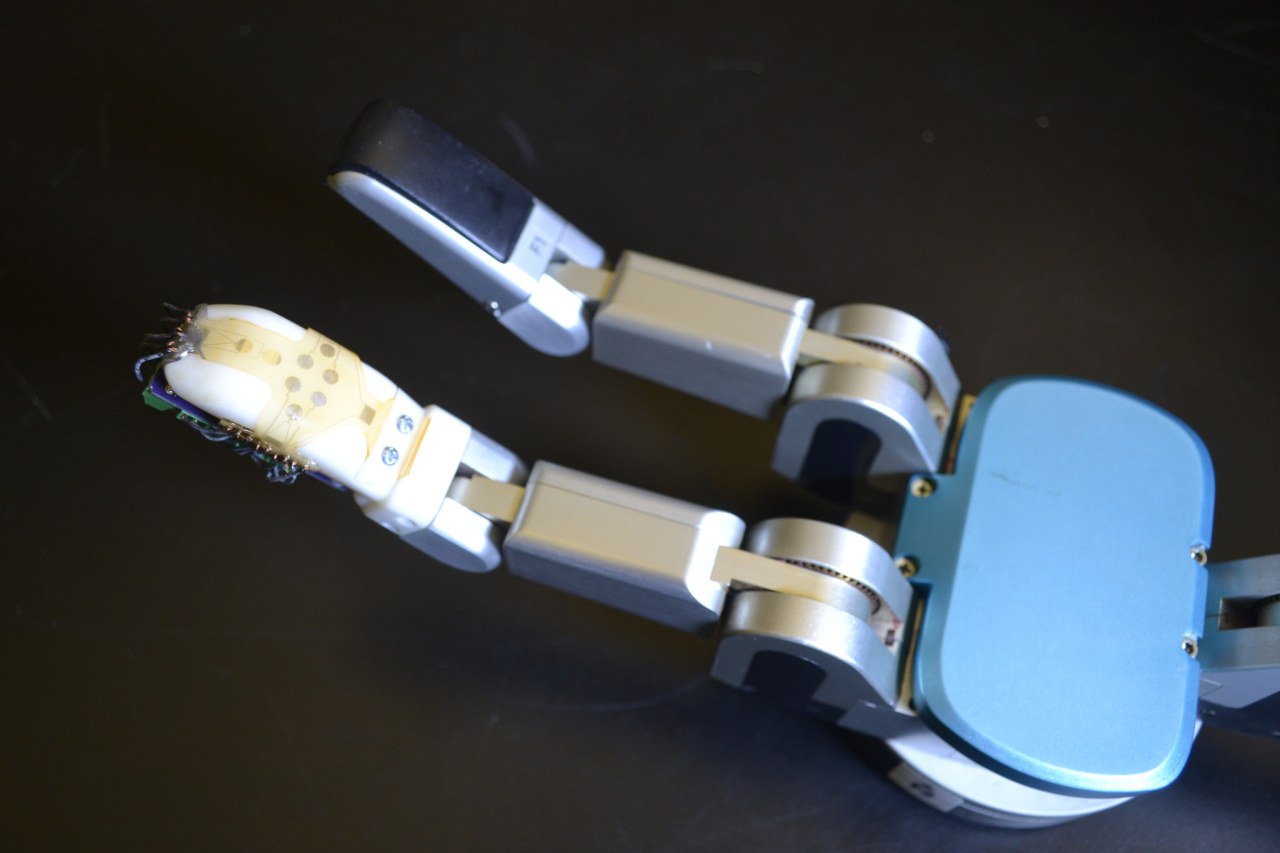As robotics technology advances at breakneck speed, creating machines capable of delicate and human-like interactions with the environment becomes paramount. One of the revolutionary developments in this field is the introduction of advanced electronic skin, allowing robots to engage with objects and surfaces as humans do—albeit, with a bit more finesse. Recent innovations have revealed how robots can be designed to feel not just the pressure of a grip but also the subtleties of movement. This blog post delves into the groundbreaking research driving this change and its potential implications for robotics.
The Sensitivity Challenge
Interacting with everyday objects requires an intricate level of sensitivity that most robotic arms lack. Traditionally, robots have struggled with tasks that involve delicate handling, often leading to accidents or product damage. To address this challenge, researchers have turned to nature for inspiration, particularly focusing on the biomechanics of the human hand.
Understanding Shear Force
When humans interact with objects, we utilize our fingertips to gauge how much pressure to apply, how far we have moved along a surface, and whether we are at risk of losing grip. Having robots replicate this nuanced feedback is crucial for their effective deployment in real-world scenarios, such as in medical assistance, remote handling, and delicate manufacturing processes.
- What is Shear Force? Shear force occurs when one surface slides against another, creating variations in pressure. This concept is fundamental in understanding how to design robotic appendages that mimic human touch.
- Practical Application: Knowing when an object’s position within a grip shifts allows robots to adjust their actions promptly, preventing spills or drops during complicated tasks.
Innovation inspired by Biology
The remarkable progress made by researchers at the University of Washington has resulted in the creation of a silicone skin that can enhance robotic fingers while maintaining their intrinsic functionalities. By employing conductive liquid metals in tiny channels embedded in the skin, the system responds dynamically to movement and pressure changes, similar to how human fingers operate.
- How does it work? When a robot’s silicone skin is manipulated, it alters the shape of the channels filled with conductive liquid metal, which in turn modifies their electrical output. This feedback helps the robot interpret the direction and force of its grip, providing crucial data for effective handling.
- The Role of Geometry: The design cleverly mimics the bulging and stretching of human fingers, enabling the sensors to strategize motion just like we do instinctively.
The Future of Robotics
We are at a pivotal moment where robots are not just programmed to execute commands but are beginning to understand and feel their environment. This leap forward in robotic sensitivity could redefine their role across various sectors, from healthcare to manufacturing and beyond. The ability to detect and respond to subtle changes in grip will undoubtedly enhance the precision and reliability of robots, making them indispensable allies in our daily lives.
Conclusion
The innovations surrounding electronic skin represent a significant step towards creating robots that can interact with humans and objects with a touch of gentleness previously thought impossible. As research continues, we can expect increasingly capable machines that replicate human-like interactions. The dream of creating robots with a touch akin to a gentle human hand may soon become a reality, paving the way for new technologies and applications that once lived solely in the realm of science fiction.
At fxis.ai, we believe that such advancements are crucial for the future of AI, as they enable more comprehensive and effective solutions. Our team is continually exploring new methodologies to push the envelope in artificial intelligence, ensuring that our clients benefit from the latest technological innovations.
For more insights, updates, or to collaborate on AI development projects, stay connected with fxis.ai.

